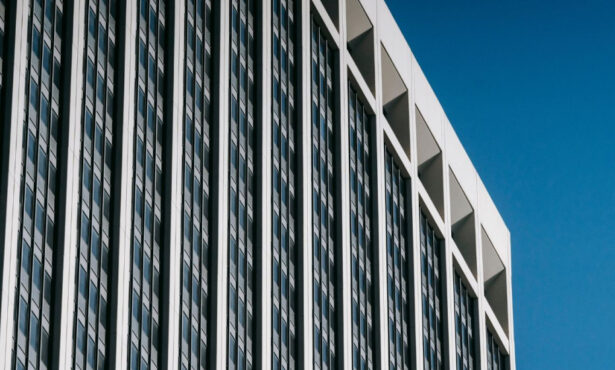Fire continues to be a critical talking point within the UK construction industry, with every Grenfell revelation deepening the questioning of received wisdom on the material choice and technical performance of building products.
In the 60 years of Farrat, designing from first principals has been a main pillar of all the solutions produced to solve challenges posed. The development of Farrat TBF Structural Thermal Breaks was no exception to this. Our engineers are well versed in the research and development of materials and the material sciences behind understanding the building blocks of a product solution offer.Farrat TBK and TBL Structural Thermal Breaks balance the need for both structural performance and integrity as well as thermal performance, but in order to develop a non-combustible structural thermal break, a return to analysis of base materials was required.
Up until the development of Farrat TBF, all structural thermal breaks had been derived from modified plastics and reinforced compounds that were at a molecular level, carbon based.
Understanding that in order to have any chance of achieving genuine non combustibility that this was not the best place to start, Farrat explored multiple avenues of combining inorganic elements in different forms. From here, we managed to achieve the structural and thermal requirements from a material with a significantly lower calorific value.
The result was a material with low thermal transmittance characteristics due to its molecular form, with high structural performance due to its physical form, all achieved without flammability.
As a consequence of this ‘base up’ approach to development, Farrat TBF – when exposed to the intense heat of fire testing of over 1000⁰C (1800⁰F), for 2 hours – maintains its structural performance and the integrity of the structural connection, 200MPa @ 550⁰C (29,000psi @ 1022⁰F).This not only enabled it to achieve its A2,s1,d0 classification to EN13501-2 for unrestricted use in facades above and below 18m, but also ensured the structural performance required to avoid catastrophic failure in the event of fire.
Being able to offer this regulatory compliant fire performance in combination with high level thermal and structural characteristics was at the core of the Farrat TBF development.
The result is a structural thermal break material that can be specified and supplied, without compromise to design, safe in the knowledge of certified performance.
For more information on our fire resistant Structural Thermal Break material, contact our team.







